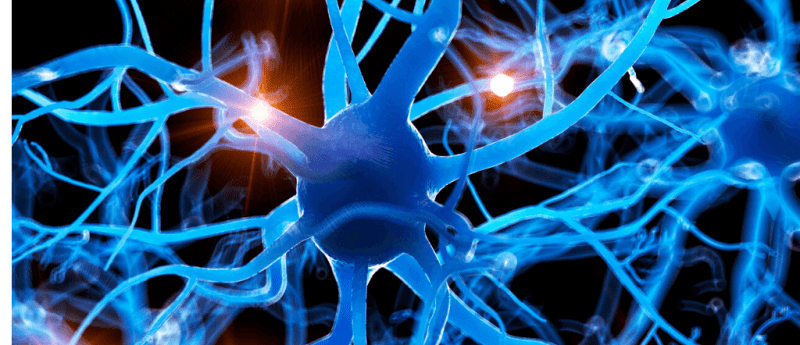Advanced organoids formed from human iPSCs

Researchers have produced more complex organoids including functional blood vessels and connective tissue.
Complex organoids that include stromal cells and support structures have been produced by researchers in Germany. Published in Scientific Reports, the new research suggests that researchers from the University of Würzburg (Germany) have managed to construct tumor and neural organoids along with blood vessels, stroma and accompanying structures by utilizing a novel two-step approach, which they hope will represent the natural state more accurately for drug testing and research.
While normal organoids are formed by a single differentiation, Philipp Wörsdörfer (University of Würzburg) has developed a protocol which involves combining two separate cultures to produce a more accurate end-product. By differentiating iPSCs into mesodermal progenitors — the early developmental progenitors that give rise to blood vessels and connective tissue — and then combining these cells with either tumor cells or neural stem cells, the cells were able to incorporate the mesodermal structures into the organoids.
“In the future, the miniature organ models generated with this new technique can help scientists shed light on the processes involved in the genesis of diseases and analyze the effect of therapeutic substances in more detail before using them on animals and human patients,” explained Süleyman Ergün (University of Würzburg).
Organoids have become increasingly popular as a model in recent years, allowing the formation of three-dimensional structures that are considered more authentic than their two-dimensional counterparts. Utilized in the study of a range of organs, organoids have been produced for tissues including the intestines, brains and kidneys.
Unfortunately, until now, these structures have lacked some more complicated secondary structures, hindering their further use. This new approach, which saw the vascularization of the neuronal structures — including typical ultra-structures such as endothelial cell-cell junctions and a basement membrane — and the production of brain specific microglial cells could be a huge advance. The team also demonstrated a capability for their tumor organoid to integrate into a host post-transplant suggesting this could eventually result in therapeutic outcomes.
Sources: Wörsdörfer P, Dalda N, Kern A, et al. Generation of complex human organoid models including vascular networks by incorporation of mesodermal progenitor cells. Sci. Rep. 9, 15663 (2019); www.uni-wuerzburg.de/en/news-a…
Have any additional questions about this story? Ask us in the comments, below.
Find out more in these top picks from the Editor:
- Look behind the lecture: Developing organoids to study development, screen compounds and develop cell therapies
- On the cusp of an iPSC-informed ALS therapy: an interview with Gabriel R. Linares
- Are your hPSC cultures what you think they are?